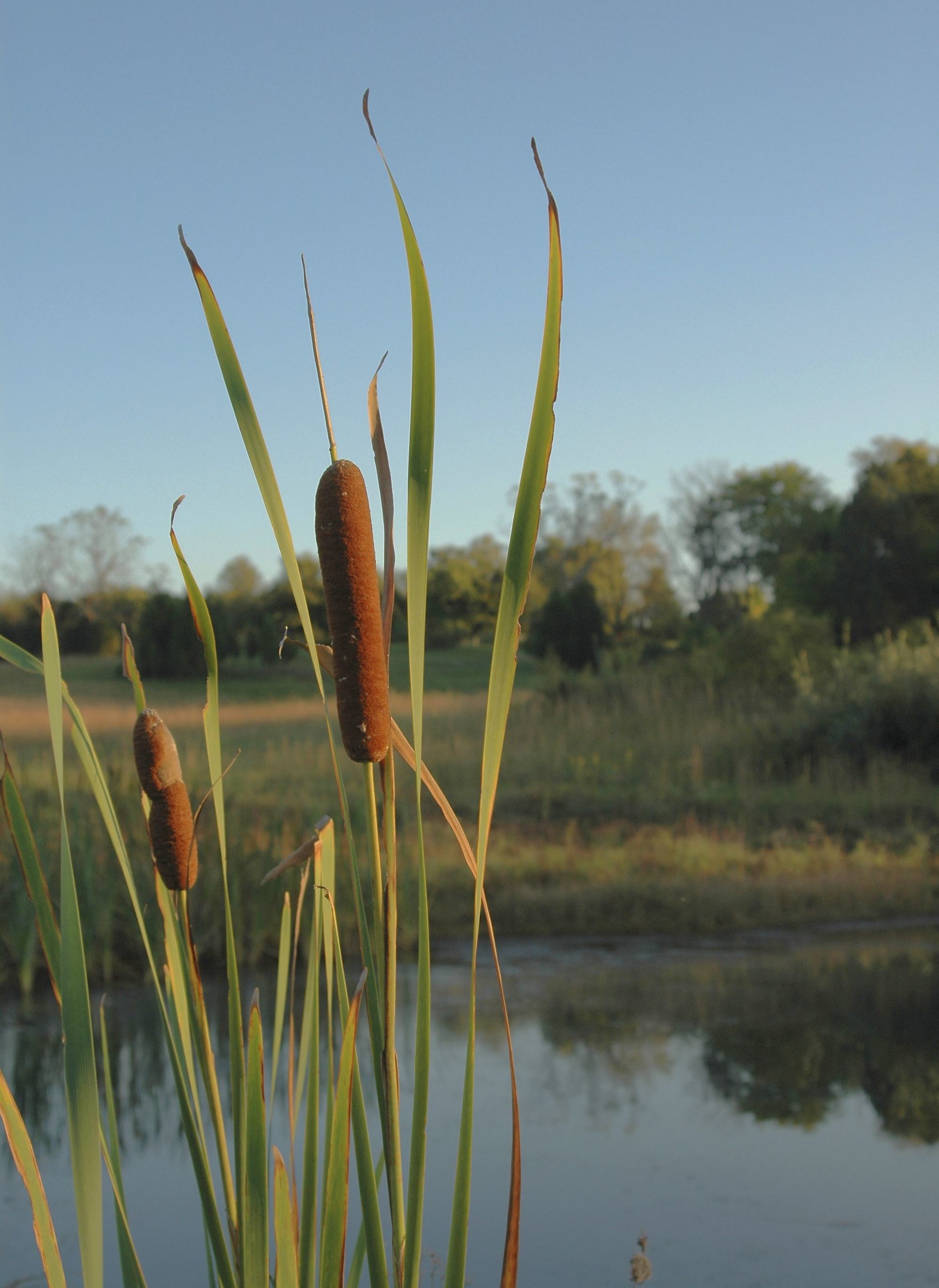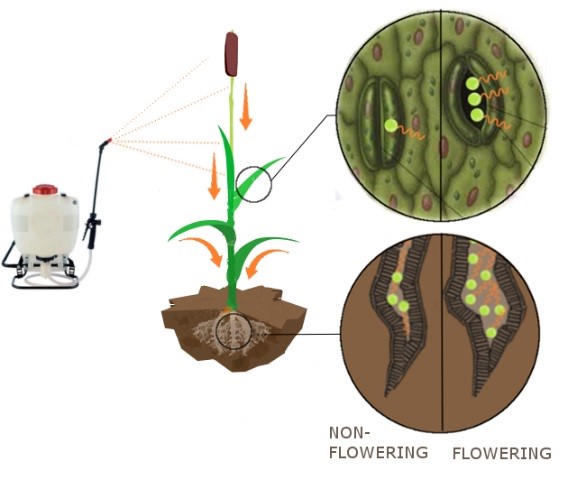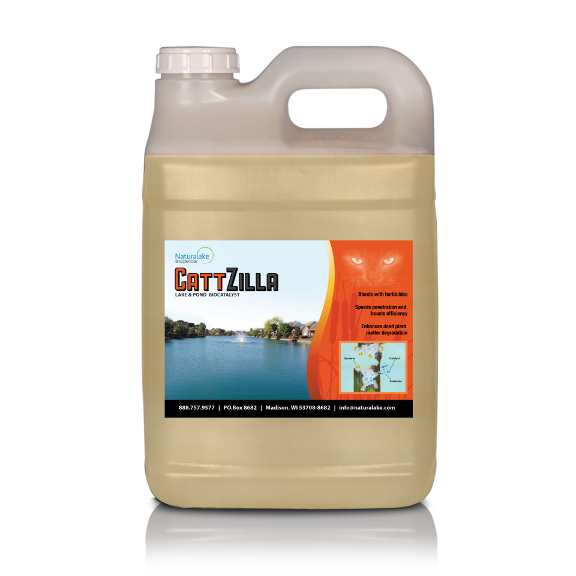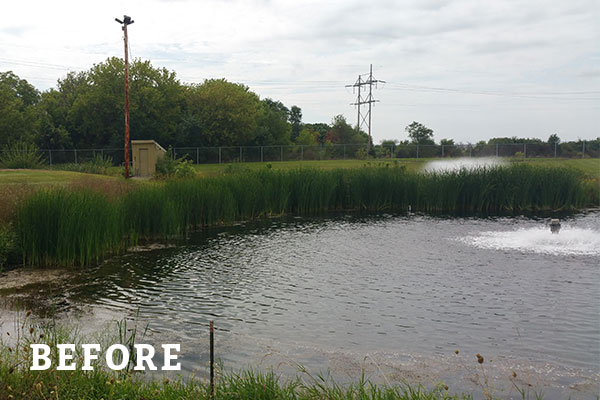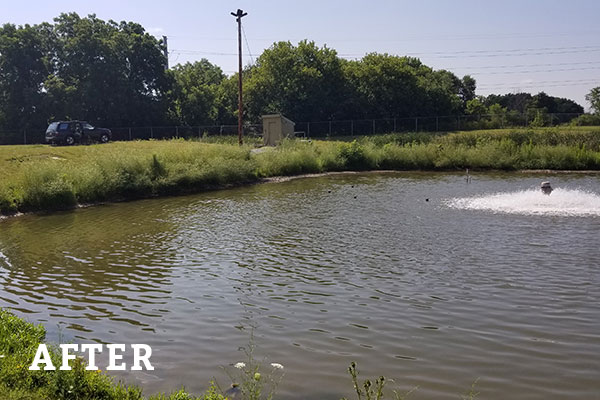CattZilla is a biocatalyst that was designed to aid in treatments of cattails. CattZilla enhances the penetration and efficiency of herbicides and speeds the breakdown of dead stalks and shoots from the inside out. CattZilla aids chemical treatments and will not kill anything alone. When applied in mid- to late summer when the cattails are fully developed, use of CattZilla combined with an aquatic herbicide will promote a rapid collapse of the plant and continued degradation of the dead plant material.
Natural Lake Biosciences aims to develop pioneering biosciences to make safer water and better lives. Our team of scientists at our laboratory in the University of Wisconsin Research Park study microbial communities in aquatic ecosystems and their interactions with algae and aquatic plants. Their work ultimately leads to new innovations that augment existing technologies to make treatments easier and more effective.

